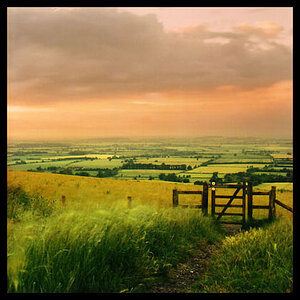bennielou
TPF Noob!
- Joined
- Nov 27, 2009
- Messages
- 1,798
- Reaction score
- 172
- Location
- Dallas, TX
- Can others edit my Photos
- Photos OK to edit
As I have read through the threads, I have come to the concussion that people rely on PhotoShop way to much. Statements made, such as " I will just photoshop that"
Now don't get me wrong I think PhotoShop is a great tool, but that is what it is, a tool, not a fix it all. I believe that if people spend more time looking through the view finder and learning their equipment better, the less time they will spend in PhotoShop fixing everything that show have never happened in the first place. I think a lot of people need to go back to film and learn the hard way. Maybe they would respect photography and what it takes to make a GOOD photograph.
Just my thoughts
As someone who is the hired girl to fix all the f'd up situations, I can tell you that PS can not fix all. But it can fix a host of problems if you know your way around it.
While I agree that it would be preferable if people knew what they are doing, I spend a whole lot of time (or I used to, now I make them fend for themselves) in fixing horrible wrongdoings on parts of the photographer.
The problem with your arguement, is that some people do the kind of work that incorperates many different lighting situations in a matter of moments. Those are left to PS for WB or exposure.




 if the point was not to tell a story, then why bother moving the person?
if the point was not to tell a story, then why bother moving the person?

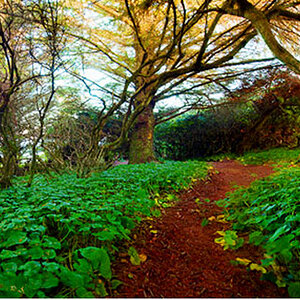

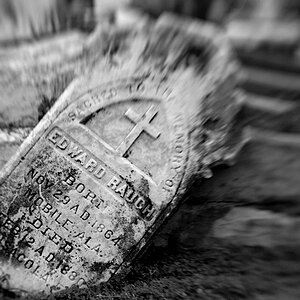
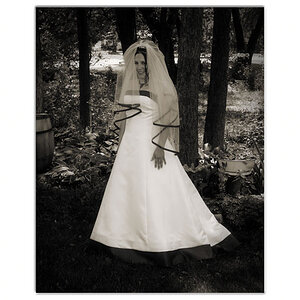

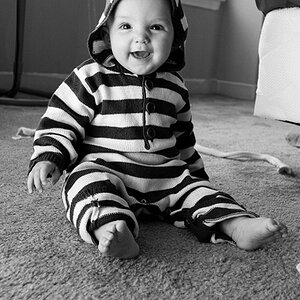
![[No title]](/data/xfmg/thumbnail/38/38262-10a9668da9a2b36a92cddde57caf87bc.jpg?1619738547)
![[No title]](/data/xfmg/thumbnail/30/30859-ec099dbef074432d32832fceb25cf539.jpg?1619734479)
![[No title]](/data/xfmg/thumbnail/38/38265-4b75e7e05f8bf906800580ac7f7ddf60.jpg?1619738549)
